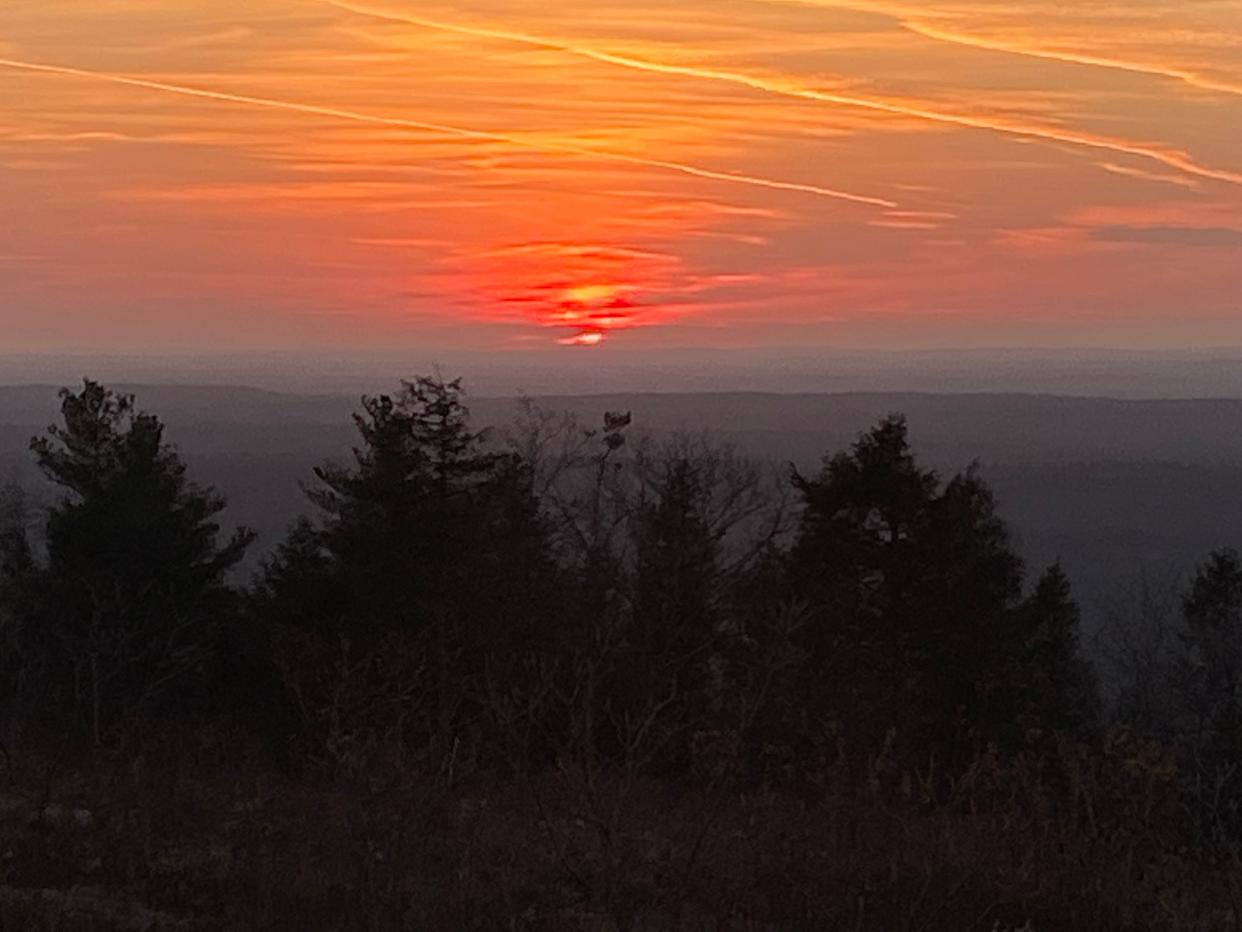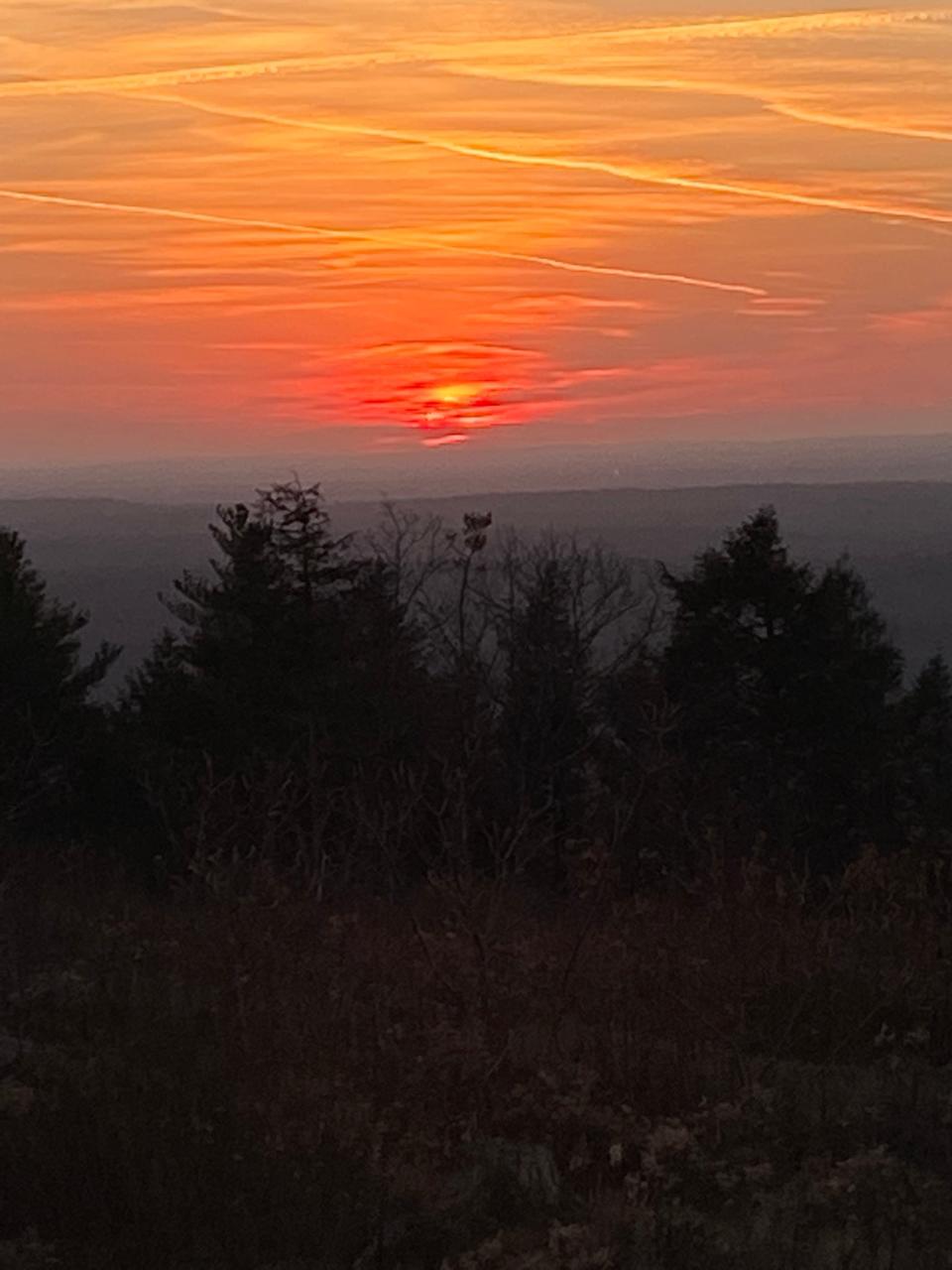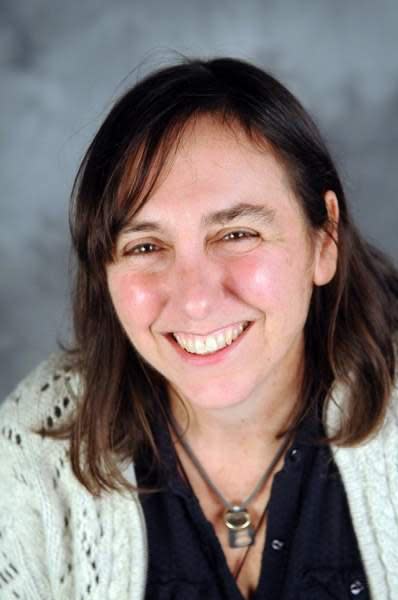Nature News: Check out your shadow on winter solstice: It's the longest you will cast all year

The winter solstice marks the first day of winter in the Northern hemisphere. In New England, it happens at 10:59 a.m. Eastern Standard Time on Tuesday, Dec. 21. The solstice tends to get overshadowed by all of the other holiday preparations in this part of the world, but I think we would all benefit from pausing and paying attention to this wonderful day, the shortest day of the year. After the solstice, as winter begins, the days will finally begin to lengthen.
One of the things I missed the most when I lived in California was the duality of light and dark we get to experience when we live up here in the North. Stepping outside into the blinding glare of sun on snow contrasted with getting up and going to work in the dark, getting home in the dark. This gets more and more pronounced as we head into winter. As fall comes to a close, the days get shorter and shorter until the solstice. Then, in a moment, things change. The winter solstice happens in a moment, it is the moment the northern hemisphere is tilted as far away from the sun as possible. The sun is at its lowest point in the sky. One fun thing to do on the solstice, if it is a sunny day, is check out your shadow. It’s the longest shadow you will cast all year.
Nature News: What exactly do squirrels eat? And what's up with those teeth?
You might notice that we don’t have our earliest sunset and latest sunrise on the day of the solstice. These discrepancies are due to the tilt of the Earth and our elliptical orbit around the sun. Depending upon where we live the exact dates of earliest sunset and latest sunrise vary, but the pattern is always the same: the earliest sunsets happen in early December and the latest sunrises happen in early January. So, as we head out of the solstice it will be staying light a little bit longer every day, but most of us will still be getting up in the dark for quite some time.
In Portsmouth: Al Bailey's 'Muppets' Christmas display has Ocean Road lit up
One other interesting milestone in our orbit around the sun that also happens in early January (Jan. 4) is the point at which we are closest to the sun. This is called perihelion. I wasn’t aware of this until I started teaching Earth Science. I had always assumed we were furthest from the sun in the winter – hence how cold it is. It turns out distance from the sun isn’t as important for determining when winter happens as the tilt away from the sun. Tilt of the Earth, not distance from the sun, is responsible for the seasons.

Here's our list: Seacoast restaurants that closed and opened in 2021
There is both a winter and a summer solstice. The winter solstice marks the shortest day in the year, the summer solstice marks the longest. The name “solstice” comes from the Latin “sol” meaning sun and “sistere” meaning to stand still. Throughout the year, the sun’s path changes, arching higher and higher in the sky in the summer – making for longer days - up until the summer solstice when it reaches its highest point. After the summer solstice, the sun sinks lower and lower in the sky up until the time of the winter solstice. For those who really watch the sun (I can’t say I have the ability to notice this), the sun’s path across the sky appears to stand still for a few days before and after the solstice instead of changing elevation a little bit every day - appearing to stand still.
Nature News: Allegheny mound ants common in Seacoast forests and fields
When my kids were little, we used to make a spiral out of pine boughs out in the field. Friends and neighbors would gather on the night of the solstice and carry candles into the spiral, bringing light into darkness. The spiral represented the introspection that comes with the short dark days of winter, the candles represented what comes with the solstice - a change in nature and in ourselves. The days are going to begin to get longer and warmer and brighter; it is a time to look outward, to hope and plan and dream.

Susan Pike, a researcher and an environmental sciences and biology teacher at Dover High School, welcomes your ideas for future column topics. She may be reached at spike3116@gmail.com. Read more of her Nature News columns online at Seacoastonline.com and pikes-hikes.com, and follow her on Instagram @pikeshikes.
This article originally appeared on Portsmouth Herald: Nature News: Shadow on winter solstice is the longest of the year

